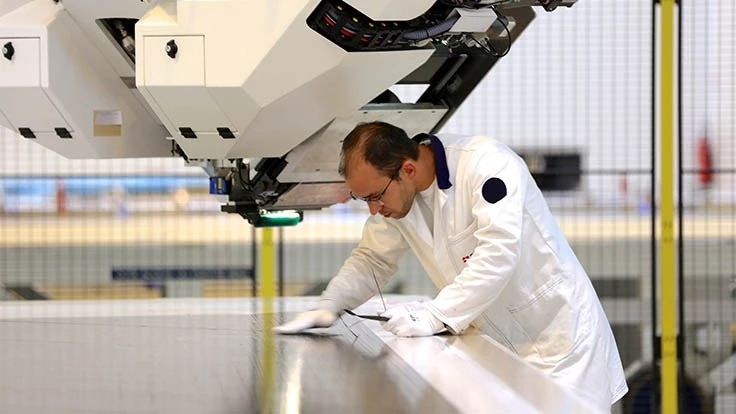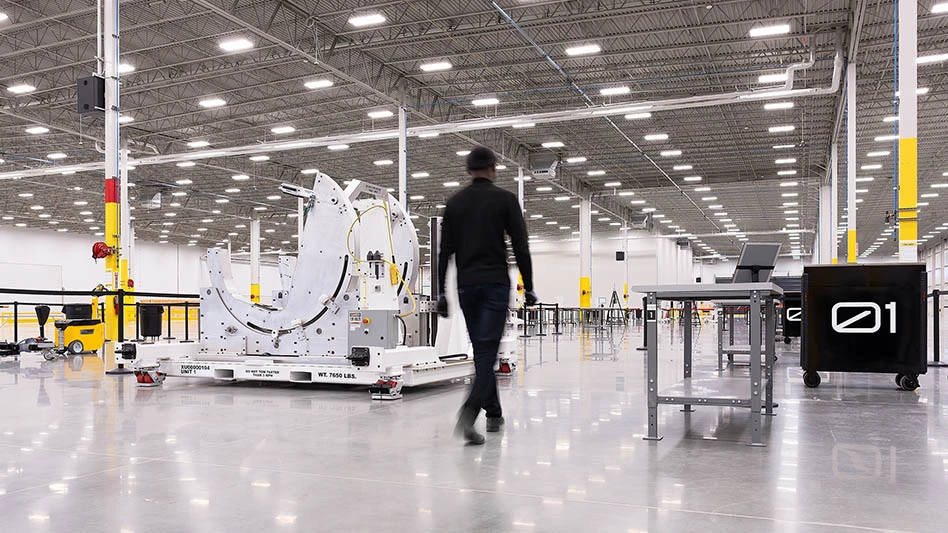
Daher has been selected to provide thermoplastic composite structural parts for the Boeing 787 airplanes, using its expertise in this material – which is lightweight, strong and cost-effective to manufacture – for the company’s first-ever production contract with Boeing.
Deliveries and installation of these elementary structural parts will begin in 2018 under terms of Daher’s multi-year contract, replacing existing 787 airplane components currently manufactured using the more traditional thermoset composite materials that have been employed by the aviation industry for 30-plus years.
In supplying the new parts, Daher will apply its demonstrated experience in thermoplastic composites – with a wide variety of aircraft components produced by the company since 2010. This expertise has enabled Daher to master the production techniques for thermoplastic composites, and use its leadership in automation and robotics to optimize manufacturing processes.
“Daher is pleased to begin our Boeing relationship with thermoplastic composite technology, which holds significant promise in further driving down the aviation industry’s costs of manufacturing aerostructures,” said Nicolas Orance, Daher SVP Aerospace & Defense Business Unit.
“We are fully committed to meeting Boeing’s expectations on this initial work package, and are ready to explore other opportunities that will bring additional manufacturing cost reductions”, adds Armelle de Larminat, head of Business Development Americas.
Daher’s manufacturing expertise further optimized the thermoplastic composite parts for Boeing as replacements for the 787’s existing components. Daher’s production facility at Nantes, France has received Boeing approval as a qualified supply source for thermoplastic composite parts.
In addition to their material properties, thermoplastic composites are less subject to many of the production environment constraints with thermoset composite materials – such as limited shelf-life, the necessity for cold storage, and requirements for clean room conditions during manufacturing.
Parts made from thermoplastic composites also are more resilient, and provide recycling potential not possible with other materials. Additionally, the curing of thermoplastic matrices uses heat and pressure in very short cycles, responding to the faster production times sought by the aerospace industry today.
Latest from Aerospace Manufacturing and Design
- Mastercam acquires FASTech
- Amada Weld Tech's AWS3 Pneumatic Active Welding System
- Pinpoint Accuracy: Okuma GENOS M560-V Cutting Demo
- The Monozukuri Principle Clears Each Okuma Machine for Takeoff
- Walter USA opens a new state-of-the-art campus
- Arnold Magnetic Technologies' Arnon Non Grain Oriented Electrical Steel
- Discuss the upcoming year in manufacturing with GIE Media editors
- Our first webinar of 2025 highlights additive manufacturing





